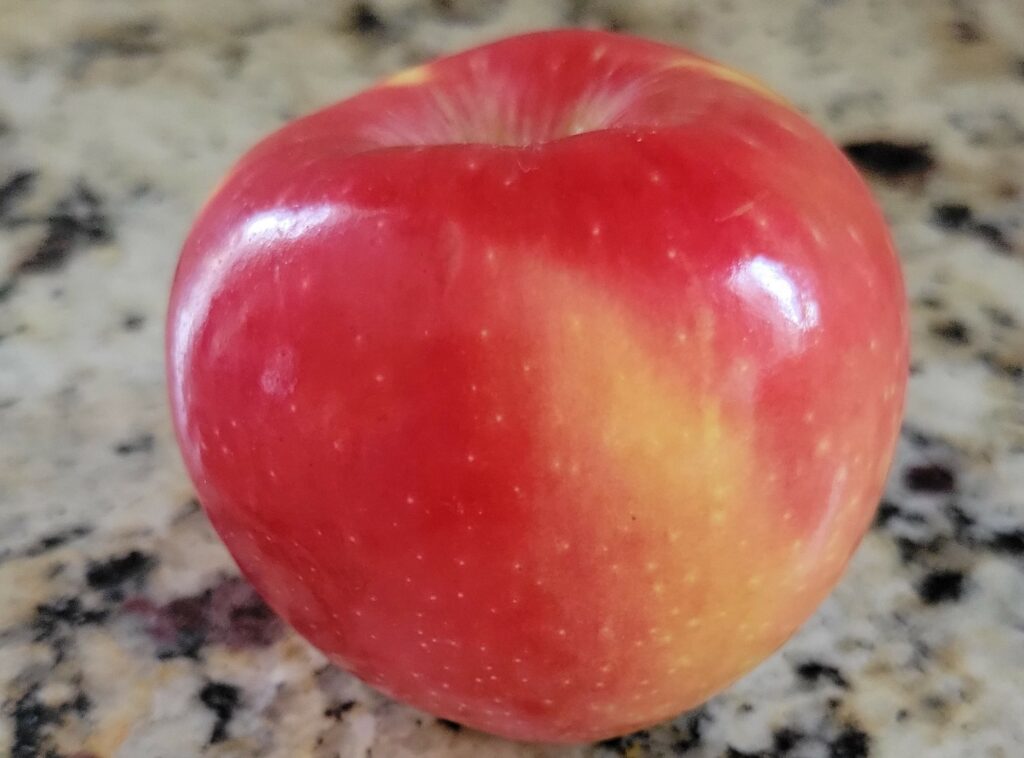People are busier than ever; causing many to rely heavily on quick and easy, ultra-processed food (UPF) for our meals and snacks. Convenience often trumps nutrition in a fast-paced world, however relying on UPFs poses a host of health risks.
Ultra-processed foods are defined by their extensive processing and the addition of preservatives, artificial ingredients, and various additives. These products often tend to be high in calories, contain little to no whole foods or fiber, lack nutrients, and are instead made from refined ingredients such as sugars, unhealthy fats, and refined grains.
Examples of UPFs:
Soft drinks
Packaged snacks
Frozen meals
Fast food
Health Issues Linked to UPFs:
Obesity
Type 2 diabetes
Cardiovascular disease
Certain cancers
Additionally, UPFs, with high sugar content, can lead to rapid spikes and crashes in blood sugar levels, contributing to energy crashes and increased cravings for more unhealthy foods.
The NOVA Classification System:
Developed from research
Helps consumers assess the level of processing in foods
Foods are categorized into four levels based on the extent of processing:
Level 1 refers to food in its natural state such as fresh fruits and vegetables.
Level 4 refers to Ultra-processed foods, that we should try to avoid as much as possible.
If you follow the path of one food, you can get a glimpse into how processing can dramatically impact the health impact of a food.
 A whole apple would be categorized as Level 1 on the NOVA scale, a very healthy choice.
A whole apple would be categorized as Level 1 on the NOVA scale, a very healthy choice.
Blending that apple to make apple juice would be considered Level 2 processing.
If you take that apple, blend it, add in several ingredients such as sugars, flavors and preservatives to make canned applesauce that would be considered Level 3.
Finally, if you take the apple and add artificial flavors, sugars, colors, oils, stabilizers, preservatives and other additives to create an apple pie slice that you might purchase at a fast-food restaurant, you have now achieved a Level 4 Ultra-processed food, not a great choice.
By using the NOVA scale, consumers can make more informed choices about the foods they eat and prioritize whole, minimally processed options.
To reduce reliance on ultra-processed foods, try to:
Focus on whole, unprocessed, or minimally processed foods, such as fruits, vegetables, whole grains, and lean proteins.
Cook meals at home using fresh ingredients and simple cooking methods.
Read food labels and ingredient lists to identify UPFs and avoid products with long lists of additives and artificial ingredients.
Limit consumption of sugary drinks, packaged snacks, and fast food, which are often high in calories, sugar, and unhealthy fats.
Experiment with healthier alternatives to processed foods, such as homemade versions of your favorite snacks and treats.
Spend most of your time shopping the perimeter of the grocery store, where you’ll find more natural, less-processed foods.
It can be difficult to completely eliminate ultra-processed foods from your nutrition plan.
Minimize your consumption of UPFs and incorporate more whole, nutrient-dense foods into your diet. You will notice significant improvements to your overall health and well-being!
Yours in health & fitness,
Sherri McMillan


